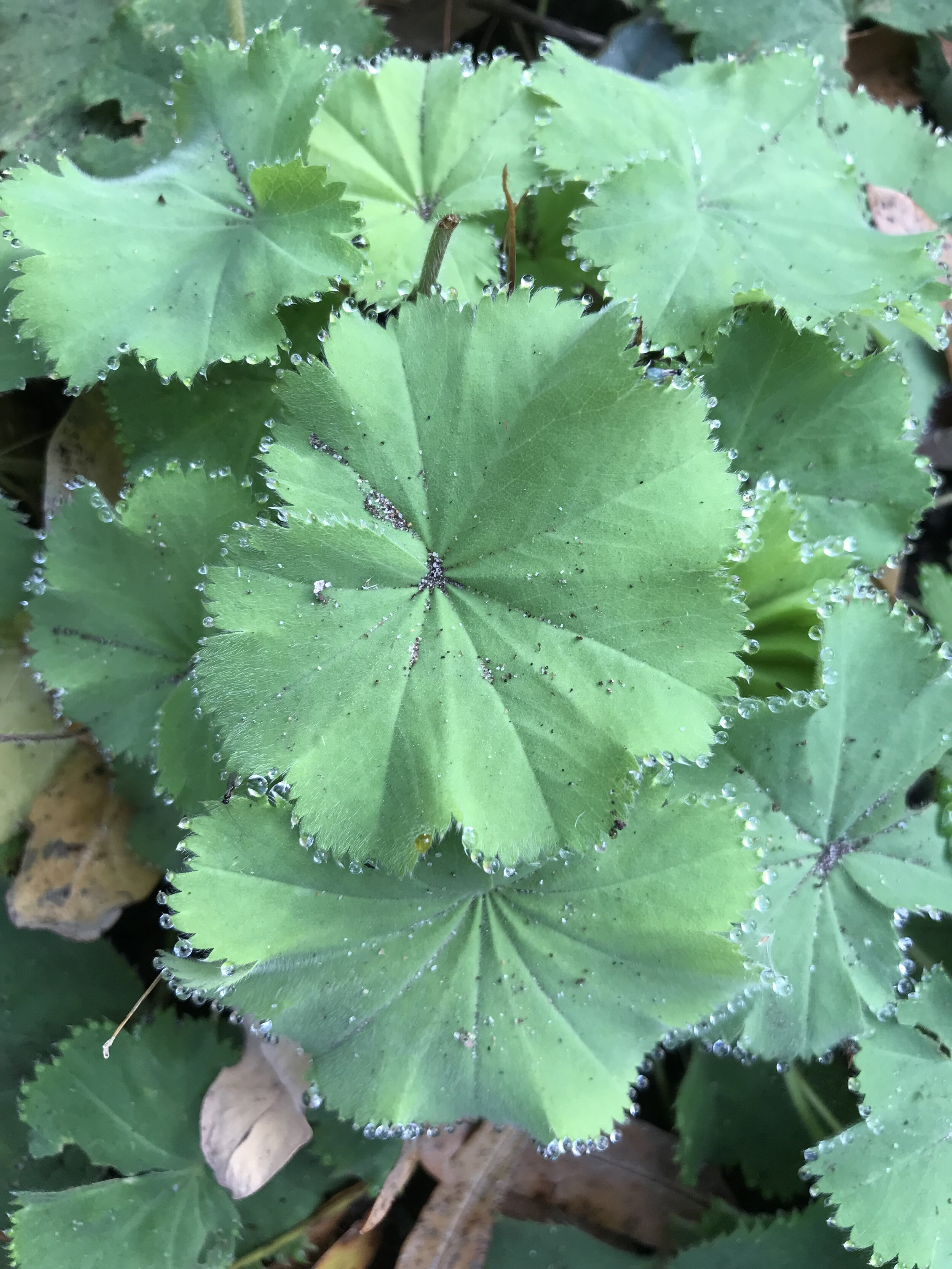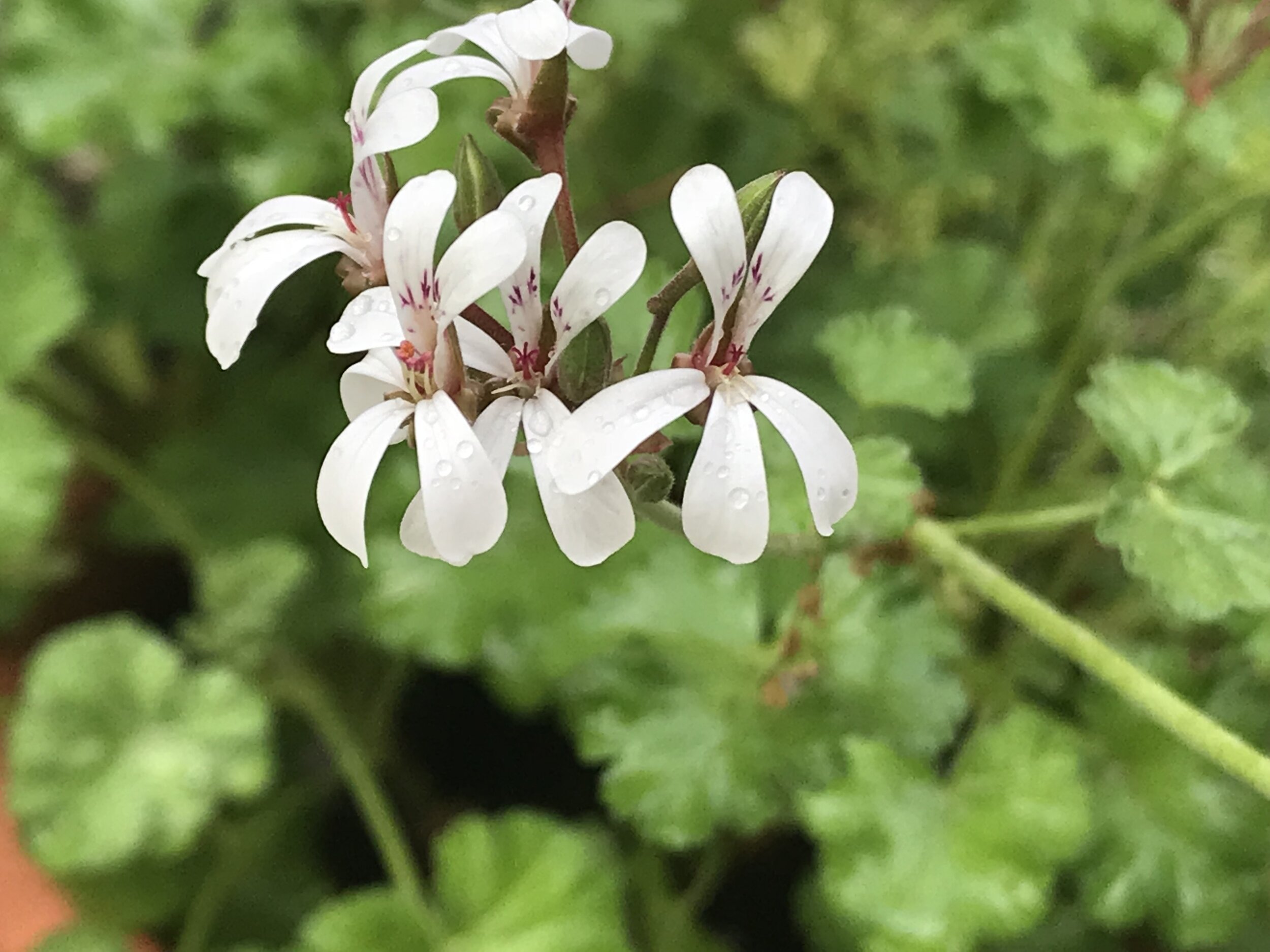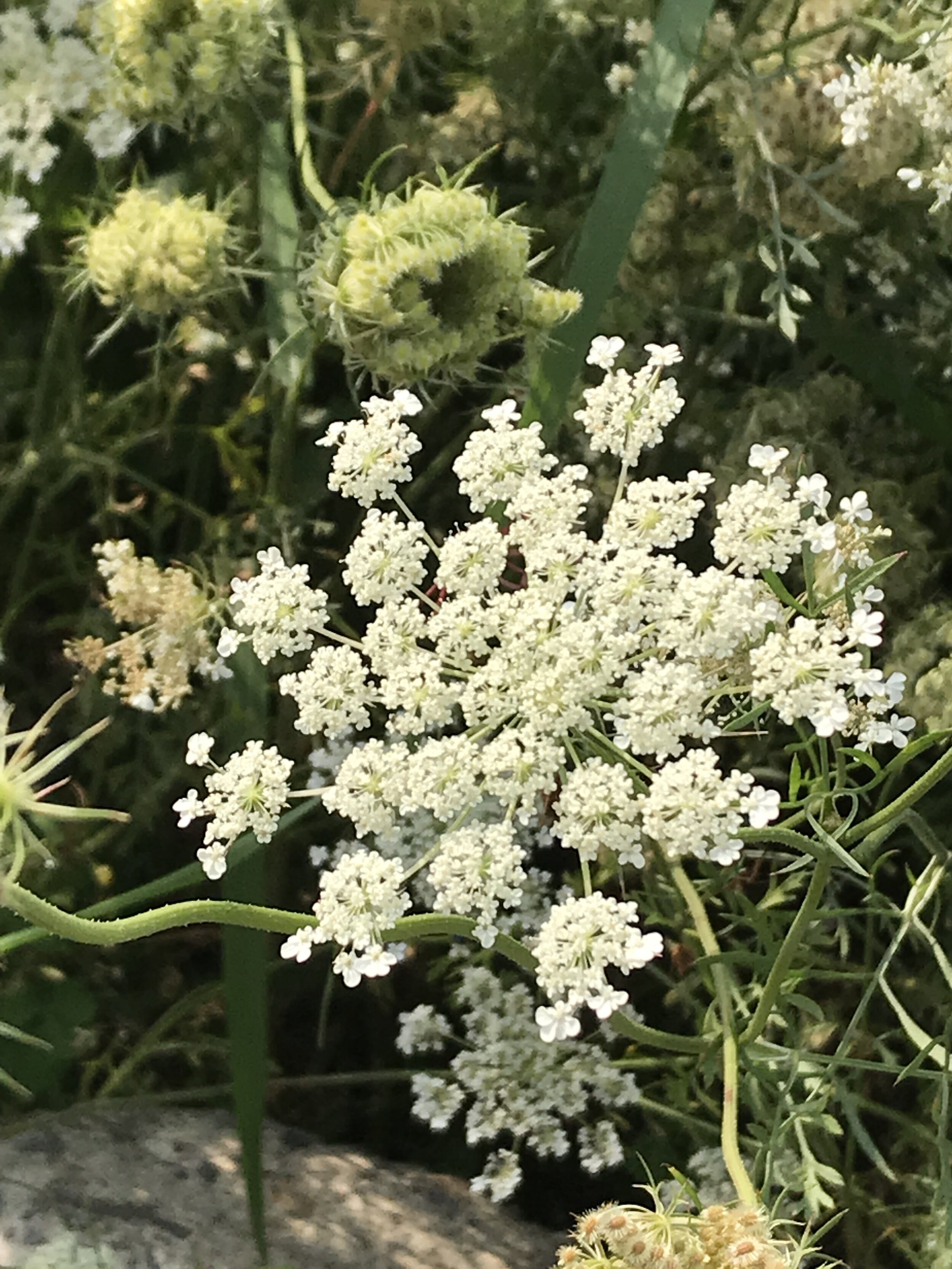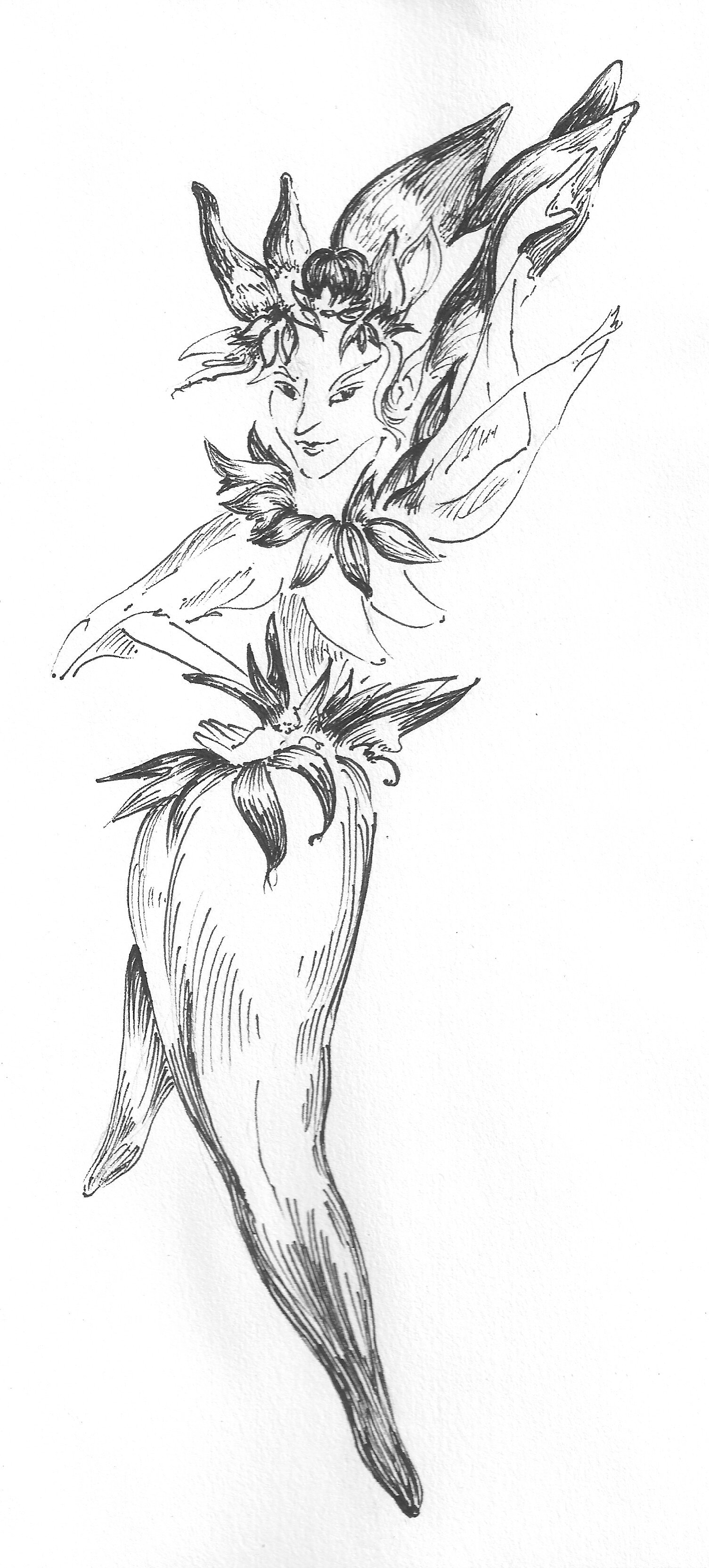
SCARBOROUGH FAIR
“Scarborough Fair” is best known today as the title of a song made famous by the singing duo, Simon and Garfunkel. In this issue of An Herbal Leaf explore Medieval Faires, including Scarborough Fair to find out about parsley, sage, rosemary and thyme, the four herbs of song, as well as products and customs of the Middle Ages.

A CLEAN HERBAL HOME
It all begins with an idea.

ANISE HYSSOP & THE AGASTACHES
It all begins with an idea.

OATS, PEAS, BEANS & BARLEY GROW
Although this issue is about the four grains in the sing-song rhyme, it is not about all grains, nor is it all about grains. Instead, it is an extension on the ideas of Potager Gardens, from the previous issue, and focuses on the cooking pot rather than the garden. We also look at food related art created for nursery rhymes and fairy tales, created by some of the well-known artists, from the hey-day of children’s illustration, (mid-1800’s to the early-1900’s.)
A spiral design. From: pinterest.com.

POTTAGE GARDENS
The concept of a Pottage Garden came from medieval French origins where it was called a Potager Garden. Pottage is a thick creamy stew made from vegetables and grains with an occasional bit of meat thrown in. The garden was grown in easy proximity to the kitchen and hearth where these vegetables would be harvested from and thrown into the pot, or cauldron. In this issue, find out more about pottage gardens, kitchen gardens, and cottage gardens and the plants that went into them and into the cooking pot.

SPIRALS
The spiral is found everywhere in nature, especially in the way things grow, like shells or plants. The spiral also has a connection with gardens, especially herb gardens. Hildegarde Von Bingen, an Abbess from the 12th century, was influenced spiritually and practically by plants and herbs and likely created the first spiral herb gardens. Find out about spirals in art, the fibonacci sequence, fractals, and how to make your own spiral herb garden in this issue of An Herbal Leaf.

LADY'S MANTLE
Lady’s Mantle is known as a feminine herb. One of the enchanting visual aspects of this plants is how water beads upon the leaves after a rain or morning dew. In this issue of An Herbal Leaf find out about the herb, Lady’s Mantle ,Alchemilla vulgaris, ideas inspired by the words “lady” and “mantle.”

EGGS
Volume III Issue II March/April 2017
With spring comes celebration, renewal, prancing, dancing and everything new! Pastels, the colors of spring, are observed in emerging flowers and foliage as well as in Easter outfits and seasonal decorations. Pastels seem to embody the youth and innocence of the season.
In this issue we explore the egg as a big part of the spring season in traditional uses for spring celebrations. See what natural dyes can be used to color eggs, how we decorate eggs, and how we eat eggs.

EDIBLE FLOWERS
Did you know you could eat a carnation or honeysuckle? When it comes to eating plants, humans are familiar with consuming all the parts of a plant including, roots, stems, leaves, seeds, and flowers. This issue of An Herbal Leaf explores familiar and unfamiliar flowers found in culinary applications whether it for garnish or as an ingredient.

HOPS
The mouth of a perfectly happy man is filled with beer.” - Egyptian proverb (2200 BC)
Beer has been produced since ancient times and was used in similar ways to today - as a beverage and food.HOPS are best known for their use in making beer, but they are also help insomniacs to sleep and used in other medicinal preparations as well as cooking. Find out all about the 2018 Herb of the Year ™ in this issue of An Herbal Leaf.

LEMON HERBS
Volume III Issue VI November/December 2017
If you are fond of lemon’s scent, Flavor and citrusy freshness, you will love this issue on Lemon Herbs. Lemony herbs are more plentiful than you would think and examples can be found among many types of herbs, including lemon thyme, lemon basil, lemon catmint, lemon bee balm, lemongrass, lemon balm, lemon-scented geraniums, and lemon verbena. Find out how to use lemon herbs in the garden, in the kitchen, and in medicinal preparations in this issue of An Herbal Leaf.

THREE SISTERS
Volume III Issue V September/October 2017
Three crop plants, corn, beans, and squash have been planted together in a polycultural system by Native American for eons. Because of this beneficial planting system, a fold tale arose explaining how the system worked and gave importance to an agricultural system put to use to the present day. Find recipes, stories of the three Sisters and herbs traditionally used by the Native Americans in this issue of An Herbal Leaf.

QUEEN ANNE'S LACE
Volume III Issue IV July/August 2017
Along with parsley, fennel and numerous other umbelliferous plants, Queen Anne’s Lace is a biennial belonging to one of the largest families in the plant kingdom, the Apiaceae. Many members of this family have been cultivated for medicinal, culinary and ornamental value since ancient times and are valued as such today. In this issue of An Herbal leaf, read about some of Queen Anne’s Lace relatives, both lethal and domesticated and one of the two queens it might have been named after.

MINTS
Volume III Issue III May/June 2017
The plants called “mints” are from one genera (Mentha) within the large plant family know as Lamiaceae. aka the “mint family.” Mints readily volunteers in the garden, brings in beneficial insects and repels the pesky ones. It is an excellent tea to aid digestion, or add to a recipe. Mint is found in toothpaste, gum, candies - you name it. Read about the many benefits of mint in An Herbal Leaf.

CILANTRO & CORIANDER
Volume III Issue I January/February 2017
Did you know cilantro and coriander are two words for the same plant? We use the seed of the plant as a spice and call it coriander and the leaf of the plant, which is most often referred to as cilantro although in other cultures it may be called coriander leaf or Chinese parsley. Coriander (Coriandrum sativum) is valued worldwide for its medicinal and culinary uses. Read about many uses of the 2017 herb of the Year ™, Cilantro & Coriander in An Herbal Leaf.
SPRING TONIC
Volume II Issue II March/April 2016
Spring is the season to indulge in a refreshing “tonic” to rejuvenate the over-wintered body. The warm sun, thawing ground, smell of springy wet soil, and the color of pale, green shoots are all part of Spring’s magic. Replenishing the body with a tonic made from green and fresh things is part of the ritual of spring. Read about spring greens, tonics, cordials, smoothies, and other ways we get spring freshness into our bodies and souls.

CAPSICUM
Volume II Issue I January/February 2016
The capsicums encompass a group of fruits from the nightshade family or Solanaceae and include everything from the mildest, sweet bell pepper to the hottest chilis on the Scoville scale with lethal names such as Carolina reaper or ghost pepper. Capsicum annuum, C. chinense and C. frutescens are three of the more common Capsicum genus members and comprise the majority of the peppers that we use. In this issue of An Herbal Leaf read much more about the 2016 Herb if the Year ™ to find recipes incorporating many types of chilis and peppers. The 2016 HOY ™all about capsicum, and published by the International Herb Association is available at herb.org.

ROSEMARY
Volume I Issue II November/December 2015
Rosemary is one of the most favored kitchen herbs. but is also is wonderful for memory, and was favored in traditional cultures. Read about rosemary in this issue of An Herbal Leaf, to find recipes and interesting tid-bits about this wonderful herb.

CORN
Volume I Issue I September/October 2015
Read about corn in my very first effort of An Herbal Leaf. Included are a number of interesting kernels of information about this important grain, with a promise of more to come in the future.
